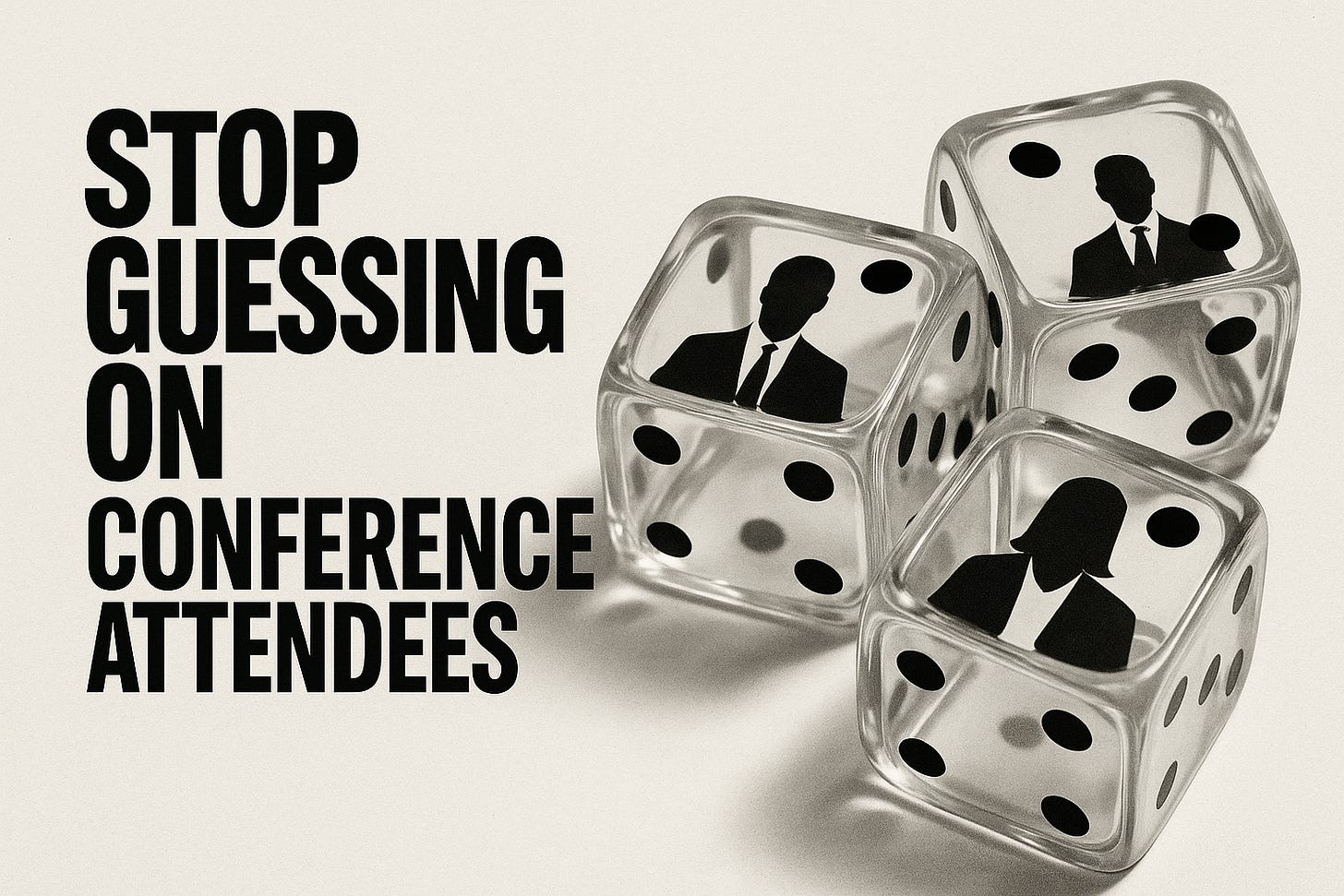Stop Gambling on Attracting The Right Attendees To Your Events
Can Vendelux’s Precision Attendee Tool Fix the Industry’s Costliest Guess?
For corporate planners, the most expensive gamble isn’t the catering bill or the stage build. It’s the prospect who never shows up—the one high-value attendee who might have turned a six-figure sponsorship into a multimillion-dollar customer. For exhibition operators, the gamble is just as brutal: one wrong audience mix, and a sponsor churns. One bad re…




